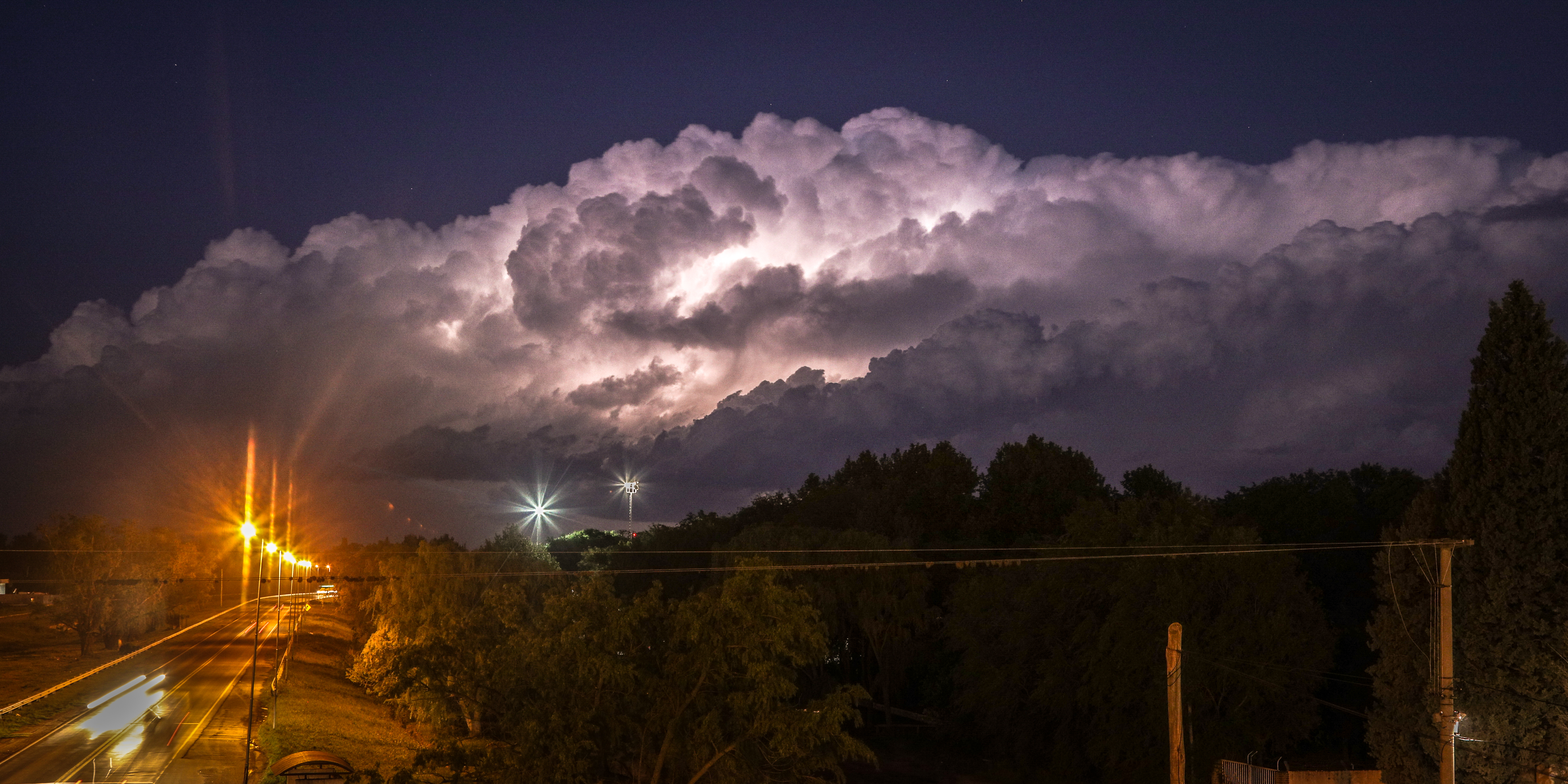Decision Made on LASSO’s Next Case
Published: 20 January 2020

A new type of case will soon join shallow convection in the Large-Eddy Simulation (LES) ARM Symbiotic Simulation and Observation (LASSO) activity.
After more than a year sorting through possible expansion scenarios for LASSO, ARM leadership decided to make deep convection LASSO’s next focus.
LASSO combines observations with LES modeling to get a more detailed look at the atmosphere around an ARM site. Researchers can use the simulation library to improve process-level understanding or to test parameterizations—simplified representations—in earth system models.
For the past few years, the LASSO team focused on shallow clouds at ARM’s Southern Great Plains atmospheric observatory, but the plan has been to expand the workflow to other scenarios. After a May 2019 workshop in Boulder, Colorado, to discuss proposed expansion scenarios, deep convection rose to the top of the list.
“It is our expectation that we will have required data in hand within the next 2‒3 months for that case,” says ARM Technical Director Jim Mather.
Initially, the LASSO deep convection case will focus on the 2018‒2019 Cloud, Aerosol, and Complex Terrain Interactions (CACTI) field campaign. CACTI studied the life cycle of large convective clouds in north-central Argentina.
An implementation plan is being developed for the new LES modeling and associated data bundles. These simulations will involve a different strategy than the previous Southern Great Plains cases. The LES simulations will be nested in larger-scale mesoscale model runs. This will allow for realistic upscale growth of the convection and for the inclusion of the complex terrain, which is so important for CACTI.
The selection of deep convection is not the end of the line for the three other proposed LASSO scenarios: maritime low clouds at ARM’s Eastern North Atlantic atmospheric observatory, clear-air turbulence in the Southern Great Plains, and arctic clouds during the current Multidisciplinary Drifting Observatory for the Study of Arctic Climate (MOSAiC) expedition.
The LASSO team will continue working with scientists to evaluate the readiness of the other scenarios for implementation. Mather encourages scientists to work with LASSO to develop strategies for filling in research gaps that could help make these cases a reality for LASSO.
“The main thing that I have taken away from this activity (working to identify the next phase) is that there are multiple valuable applications,” says Mather, “and the process of assembling the required pieces for those inputs has a great deal of value on its own as it defines the critical pieces of the problem.”
Read about the decision-making process in a blog by William Gustafson, LASSO principal investigator.
Keep up with the Atmospheric Observer
Updates on ARM news, events, and opportunities delivered to your inbox
ARM User Profile
ARM welcomes users from all institutions and nations. A free ARM user account is needed to access ARM data.


















